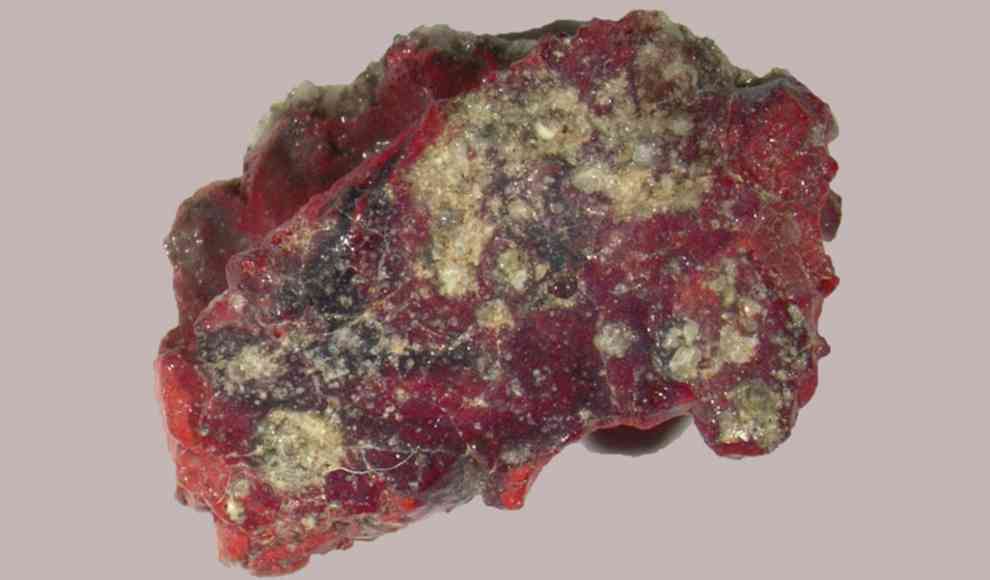In 1945, the first atomic explosion created the oldest human-made quasicrystal, which has now been studied in detail by researchers. The Trinity Test, conducted by the U.S. on July 16, 1945, not only destroyed everything in its path but also created a new material called Trinitit. Trinitit is a greenish glass that contains several radioactive isotopes, including Uranium-238, making it slightly radioactive. A research team from the University of Florence has now examined a red-brown piece of Trinitit, which contains a unique quasicrystal. The results of their study have been published in the Proceedings of the National Academy of Sciences.
The piece of Trinitit examined by the researchers is only about 10 micrometers in size, roughly the size of a red blood cell. Within this piece, the researchers found a quasicrystal, which is a crystal-like structure that does not repeat itself. Quasicrystals occur naturally in meteorites, but this one is unique because it is the only one made from a mixture of materials, including silicon, copper, calcium, and iron, and the only one primarily made of silicon. Additionally, it is the oldest human-made quasicrystal, with the first one created in a lab in 1984.
The researchers believe that the quasicrystal formed when the melted copper from a coaxial cable interacted with the melted sand. The unique structure of the quasicrystal, with alternating five-, three-, and two-fold symmetries, makes it an exciting discovery for scientists studying the properties of materials. The study of this quasicrystal could lead to new insights into the behavior of materials under extreme conditions, such as those found in nuclear explosions.










